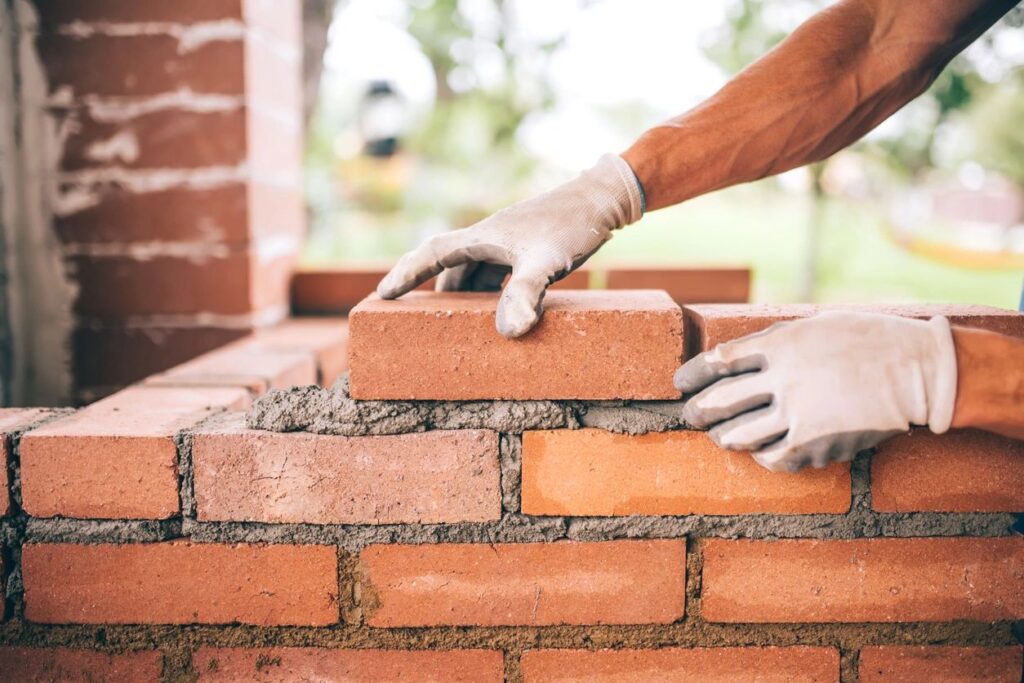
Looking at older homes to buy? There could be plenty of issues with the home that the seller tries to hide and while legal action can be taken after the fact, it’s inconvenient and can be expensive. A few examples of what you should look for that are easily concealed are:
Pests: Look for any signs of carpenter ants, rodents, termites, roaches, or other pests that can end up causing thousands of dollars worth of damage. They often leave signs like small holes in the drywall, dry mud tubes along the foundation, small piles of shredded paper, sagging floors, peeling paint, or even floorboards that sound hollow. Look for droppings, odd smells, pest control products, and holes. Damaged plants outside can also signify pest breeding.
Mold and Mildew: One of the easiest to hide with bleach spray or paint and one of the biggest warning signs of dampness issues. In many states, it is a requirement for sellers to disclose any known defects of the home to the buyers in paperwork. Including the history of mold and whether or not it has been professionally handled. Another good reason to have an experienced Realtor as he/she will be able to guide you around your state’s requirements as well as the ability to recognize potential mold/mildew problems. Your Realtor should also know to ask the seller the right questions whether or not disclosure is required.
Aluminum Wiring: Many sellers are not even aware of what electrical hardware is installed in their homes. Common in homes built between 1965 and 1973, aluminum wiring is more likely to cause a fire than copper wiring. If the seller doesn’t know, it won’t be listed on the disclosures. This is when a home inspection is most important. But, if you are not even at the home inspection point, you can safely look at the electrical panel and see the cables that run into the attic and basement have an AL, ALUM, or ALUMINUM on the cable jacket.
Leaks: Sellers can temporarily plug the leak to show the home. When you are looking at the home, be on the lookout for significant cracks in the foundation, moldy odors, or any water damage on the ceilings, walls, or windows that may have fresh paint hiding the flaw. Lift rugs and move potted plants to see if they are covering water issues. Can you spot new tiling randomly placed in the bathroom and kitchen? Open the windows and the doors and see if there is any separation or soft spots that may indicate window leaks. A small separation could lead to humidity in your house, which may lead to mold.
Foundation Problems: While walking through the home try to notice any window or door frame gaps or cracks in the wall that might be from a faulty or unstable foundation. Sellers will try to hide the cracks or separation with more caulking and paint. Look to see if the paint is a bit uneven around windows and doors. Foundation issues can cause doors and cabinets to not shut properly and can cause beams to stress and break – don’t be afraid to open and close cabinets.
The Bottom Line: Even though you may have found these and other problems but still want the home, a good Realtor will help you negotiate the price and/or have the sellers pay for the repairs. Of course, before you buy, it’s always in your best interest to have a home inspector check it out. You can let them know of any concerns that you have about the house, but an experienced inspector knows what to look for.

 See Our National Coverage Map
See Our National Coverage Map







